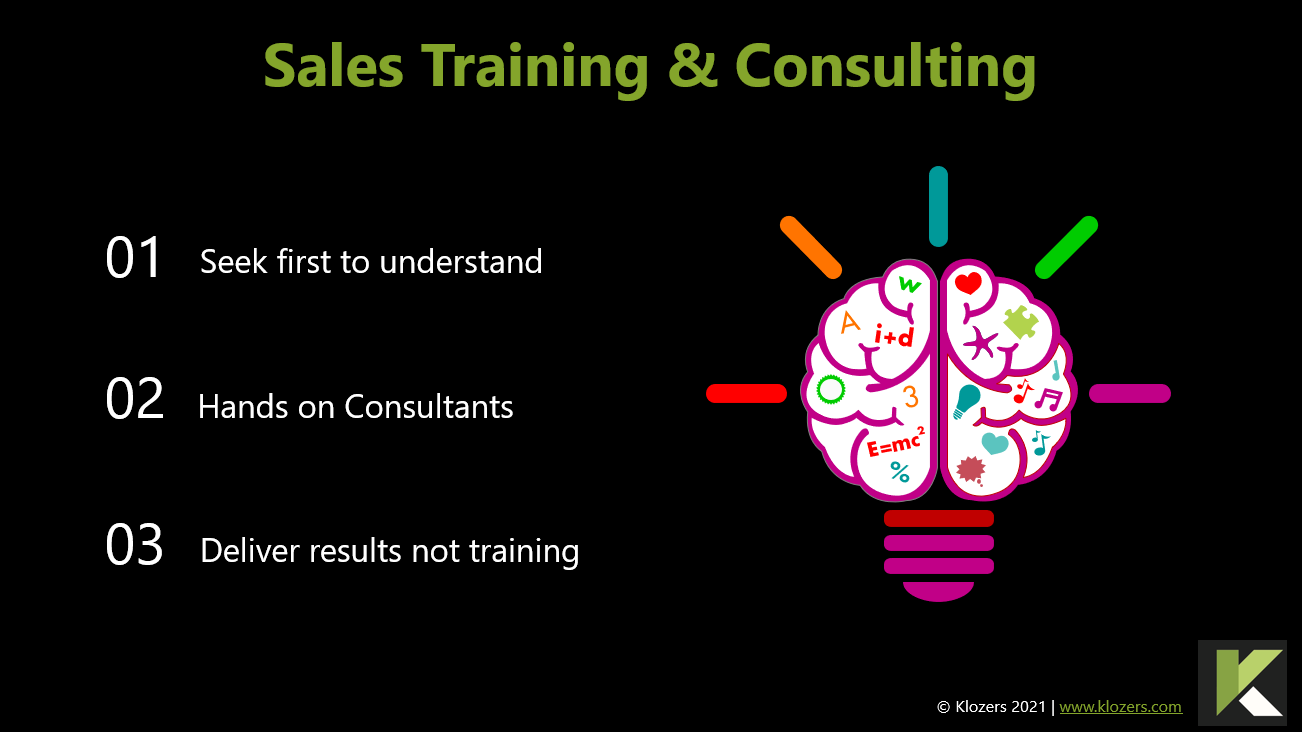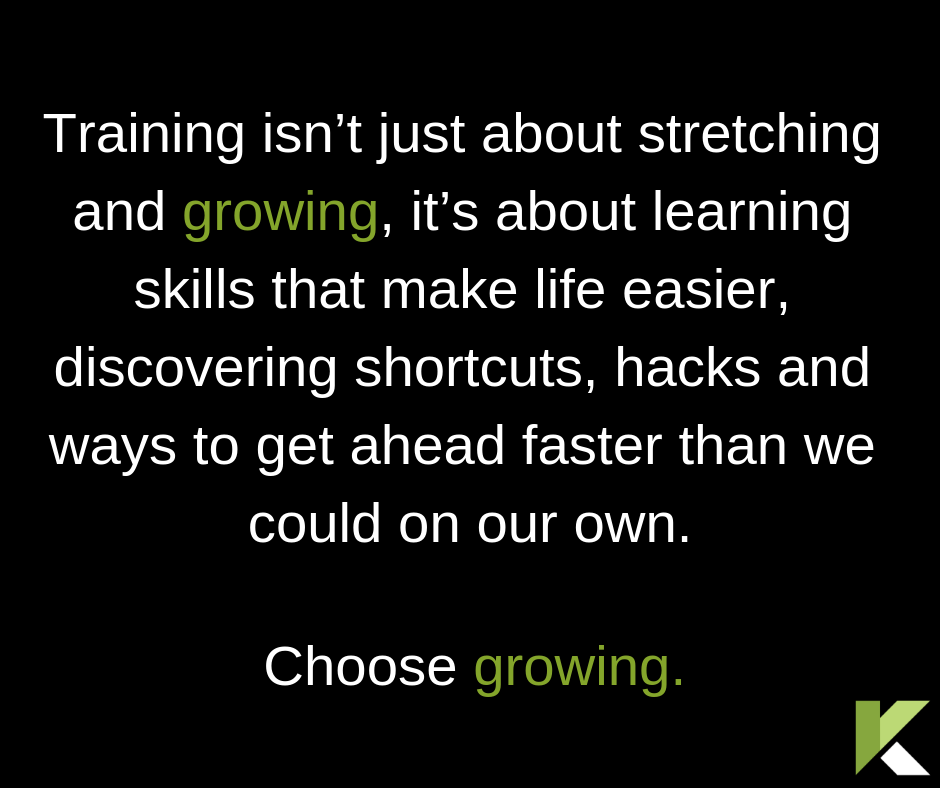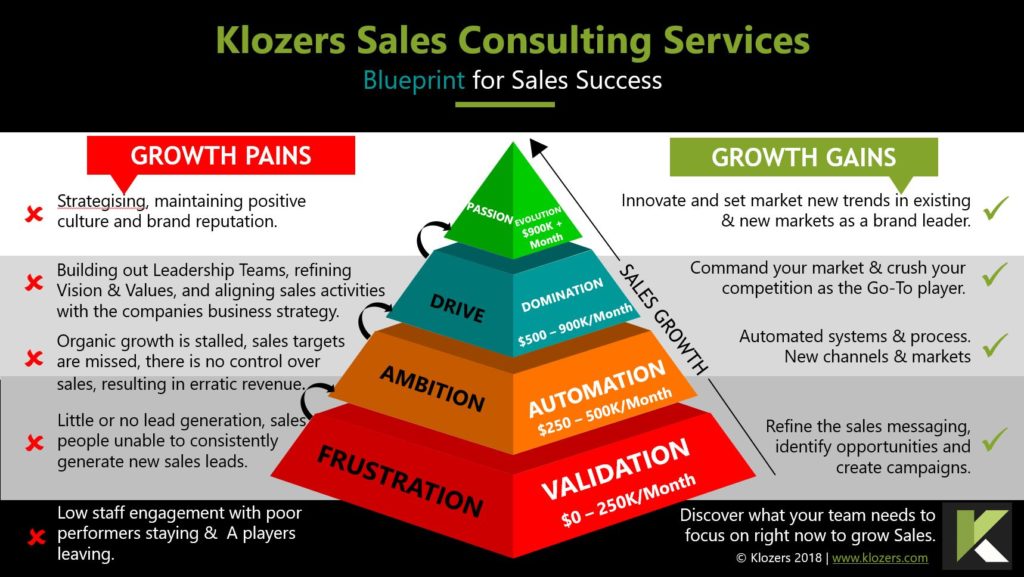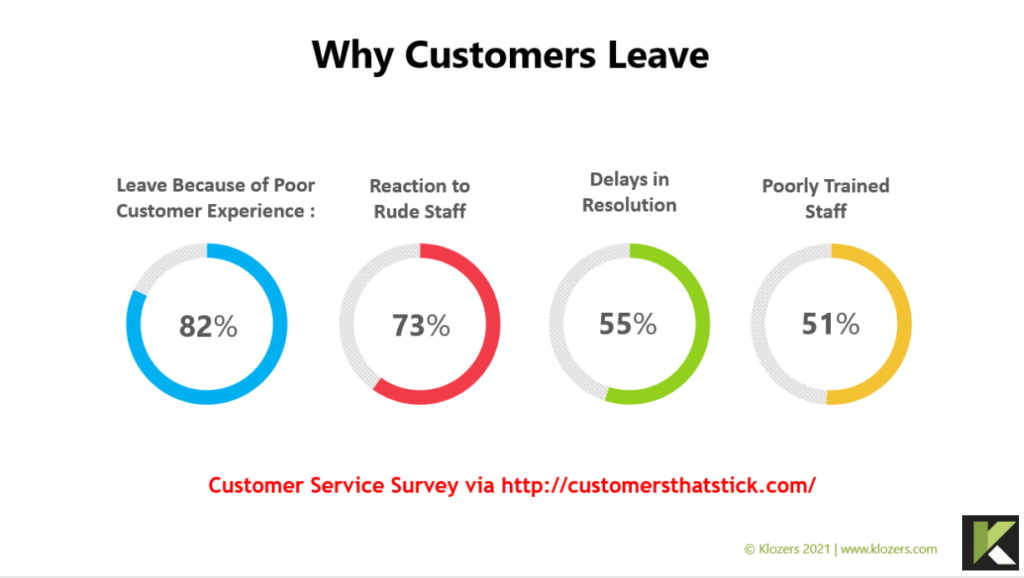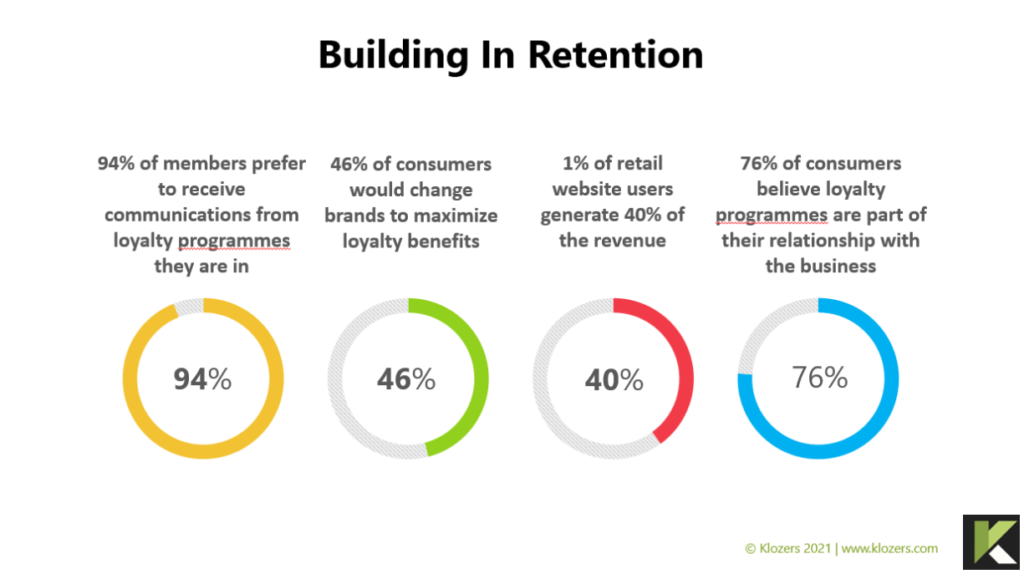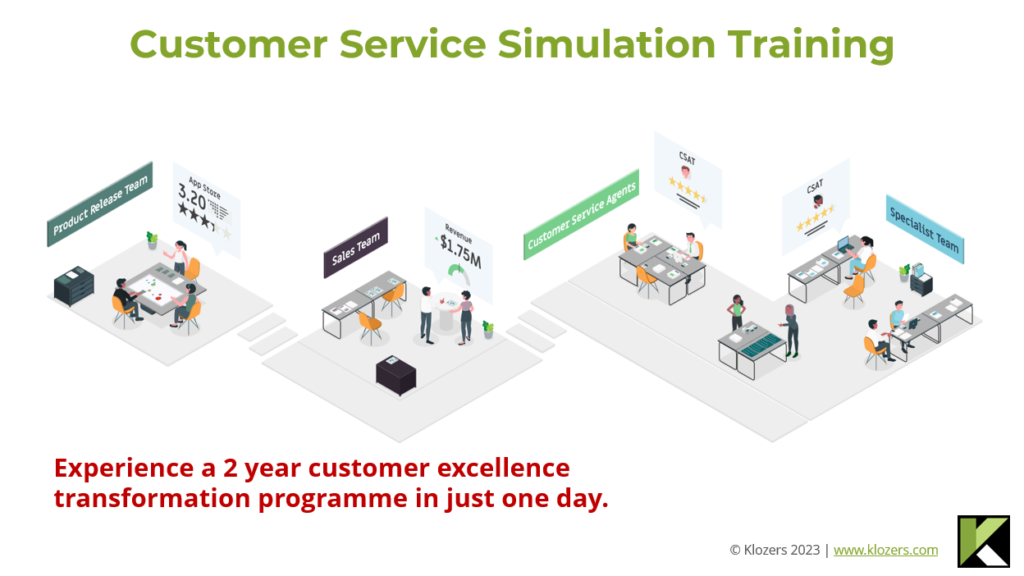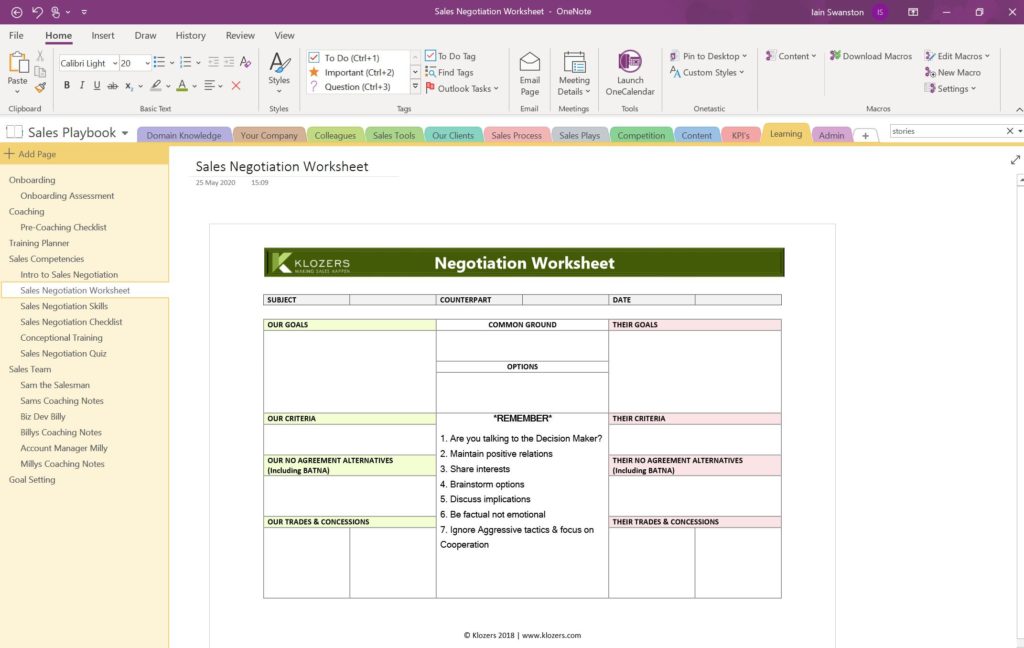Coaching for Sales Leaders – how coaching drives growth
How do you coach a Sales Manager? – Top question from Google
How do you coach a Sales Manager? – the short answer
To coach a sales manager, you must have an agreed sales strategy and a sales plan with KPI’s. The role of the manager is to execute the plan in line with the KPI’s, which is where they may need sales coaching.
Coaching Sales Leaders – here’s a more detailed look at what you can do to support your sales leaders.
Many sales managers have been promoted based on their sales skills and performance. Whilst these are valuable, the role of a sales manager is very different and thus requires different skills. The simplest example is coaching itself. Most salespeople have never coached another sales rep and the whole process is often new to them.
1. What are the business benefits of sales coaching?
The benefits of sales coaching are an important part of building a business case for your coaching programme, no matter how big or small. Whilst every business is different, we would suggest you take a data led approach to evaluate the “size of the prize” – the potential revenue benefits.
Let’s pretend that our top sales rep generates £500K in revenue per annum in an average year. In bigger teams of 10 plus sales people you should take the average of the top 3. There is no rule to follow here other than it must be truthful.
Next, take the average revenue figure that your B players – the middle sixty percent of your team generate per annum and as an example lets assume as a group they average £400k per annum.
The potential opportunity from sales training and coaching is therefore £100k per sales rep. In most cases the size of the opportunity is circa 10 x the cost of the training and coaching.
We encourage every client to work these figures out for themselves. Once everyone has agreed these figures then the business can work with the Sales Manager to create a coaching plan and set some KPIs.
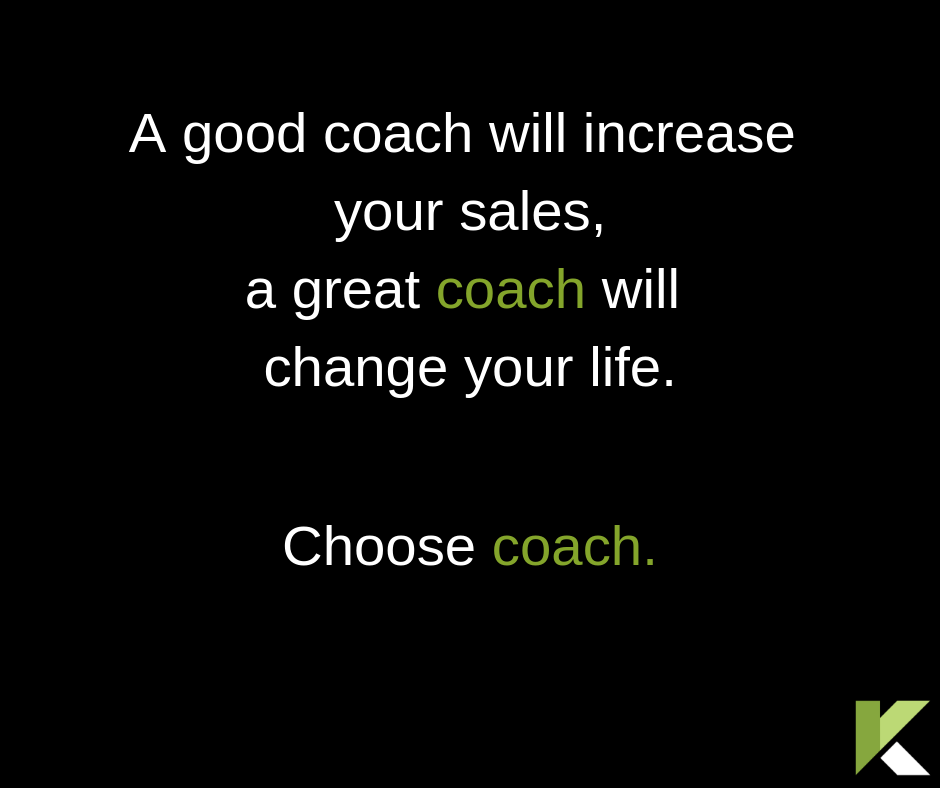
2. How do you coach effectively in sales?
Effective coaching starts before the coaching itself. As a business we believe that coaching is not for everyone, as not everyone is coachable. This can be for a number of reasons, however, in our experience there are two main reasons as follows:
- People are not motivated to learn and improve themselves
- People do not believe that they need to learn and improve themselves
Your business will be no different – some people will be interested and respond to training and coaching and some people will only attend because they are told to. From our experience, Sales Leader have to make difficult choices and whilst there is no one size fits all we recommend the following:
Segment your sales team by current performance.
A Group – the top 20% of your sales team that mostly hit target.
B Group – the middle 60% that miss targets but are motivated to improve, want to learn and will respond to coaching and training.
C Group – the bottom 20% of people who never hot their sales target and whilst they may need training and coaching they have no interest in it and won’t respond.
Next, work with the A players to develop a coaching plan based on what they do that makes then A players. Where possible use the A players to co deliver some of the training and coaching to the B players.
The most important part here is to make sure that you hold the B players accountable to what has been agreed and taught.
This just leaves the C-Group. The easiest thing that any sales leader can do is ignore under performance. Some people end up in sales by accident and they are simply a round peg in a square hole. They may not admit it but these C players are unhappy, as no sales rep likes to be unsuccessful. The most difficult task of any sales leader is to let someone go, even under performers but that’s why they are a leader, that’s what drives success.
As a Sales Leader when you retain underperforming sales reps you are subconsciously self-sabotaging your own sales team. You’re a – player salespeople will look around your office and say to themselves “why should I work hard, why should I go the extra mile, when Jonny is still here and never hits a sales target?”. Before you know it they will have resigned and you are left trying to hire there replacement.
The best salespeople want to work with others at the top of their game, they want to train and get better, that’s what makes them the best.
So if you want your coaching to be effective you must first find people who want to be coached.
3. What is the key to coaching a successful sales team?
There are many key components to coaching a successful sales team and from our experience we would suggest:
- The best coaching is based on data because data is difficult to argue with
- Coaching needs to be regular and consistent to for the business and individual to benefit
- You should follow a coaching process such as the GROW Coaching model
- Coaching should be a KPI for both the coach and the coachee
- Coaching should be based around established best practice and not theory
- Each coaching session should be documented so you can demonstrate progress
- Each coaching session should have an agreed list of actions as an outcome that are revisited.
- Coaching sessions are not opportunities to critique salespeople or performance. They need to be positive and supportive.
- Coaching should focus on the lead indicators of success not the lag indicators.
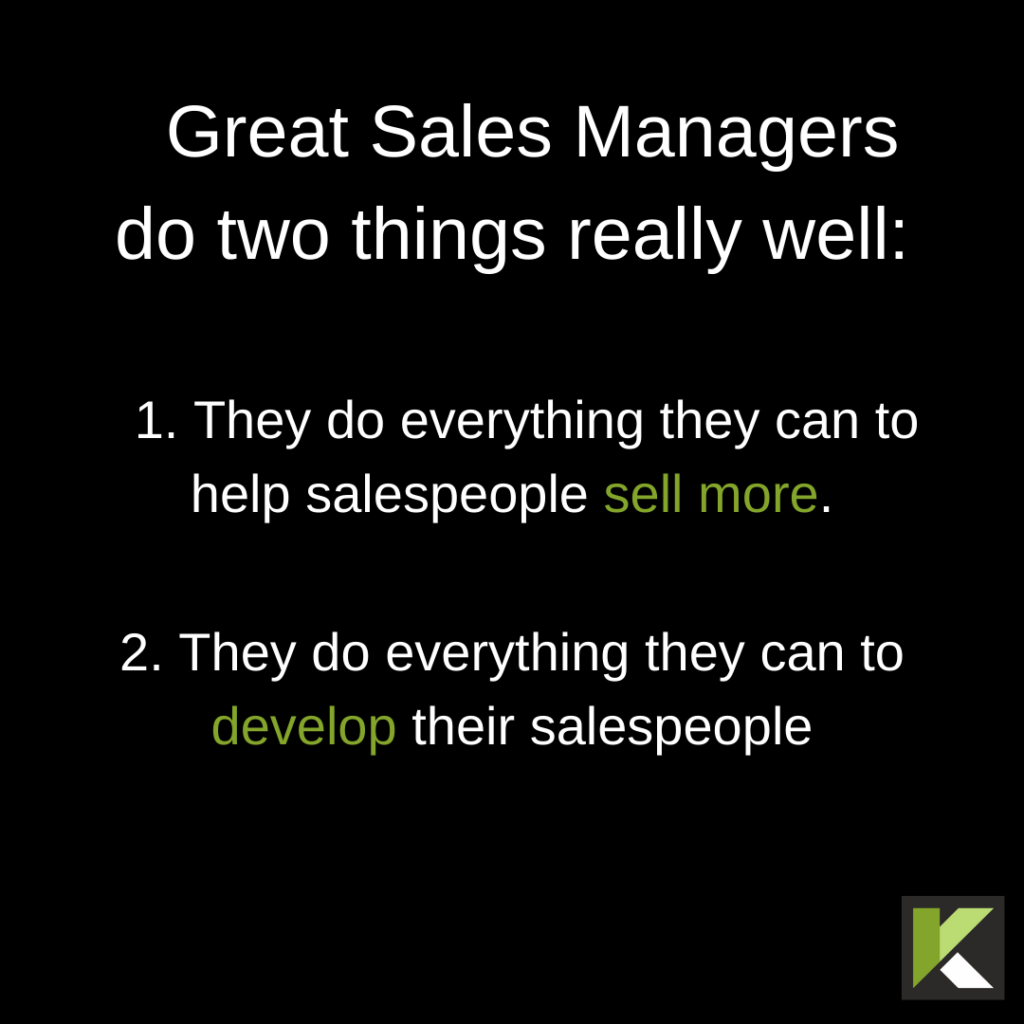
4. What does good sales coaching look like?
In our experience, the best starting point for good sales coaching is capturing and documenting what best practice in sales within the organisation currently looks like. Once documented this provides a baseline that no one can deny is achievable.
By best practice in sales, we mean the entire sales process from opportunity creation through to post sale whereby the customer is completely satisfied and happy to provide referrals.
In most cases lead generation is the biggest obstacle for salespeople, so demonstrating via real life examples of where a new enquiry converted to a sales and a subsequent referral to another client helps break down the “this won’t work mentality”.
Once you have identified this best practice, it’s important to map out the sales activities at each stage of the sales process. Again, in most cases the biggest problems are typically found at the start of the sales process when your team are trying to generate new sales leads.
Next up, document the type and number of activities that the top sales performer within the organisation does in an average week. This then becomes the baseline for sales activity. Be sure to document the lead indicators or KPI’s and not the lag indicators.
For example sales revenue is a lag indicator and if we use this as a KPI in an organisation with a 6 months sales cycle then it will be six months before we know if we have been successful. Look for the lead indicators – the sales behaviours that lead to the revenue.
Now the sales coaching process can start. For example, if the average sales activity of the top performer is 50 dials a day, 5 discovery calls and 2 presentations from which they close one deal, then the role of the sales coach is to bring every other member of your sale team up to this level.
5. What challenges do you face when coaching salespeople?
The majority of challenges when sales managers are coaching salespeople revolves around two main areas:
- Sales activity or behaviours – we call this Productivity. These are the actual sales behaviours required to generate new leads, close deals etc. The majority of these sales behaviours have no immediate impact or reward, and in a society that is heavily influenced by the instant gratification of likes and shares, many salespeople struggle with the discipline of constantly prospecting when the reward can be months down the line.
- Skills & Knowledge – we call this Performance. Whilst productivity coaching is focussed around getting more done, performance coaching is about increasing conversion. Increasing the number of leads that convert to an opportunity and the number of opportunities that convert to deals can have a dramatic effect on profitability.
Whilst these areas are important there is a much bigger challenge we often find when coaching and it is simply motivation. The top performers are so self-motivated they find their own answers to the points above.
Motivation or rather a lack of it can be caused by a multitude of things, however, unless the sales manager can find a way to help the sales team motivate themselves then they will struggle.
Motivation can come from within and it’s important to tie the business goals to the personal goals of the sales team. Whilst goals are important, what’s more important is to find a “cause”. A cause is self-fuelling, it has an energy all of it’s own that drives people forward.
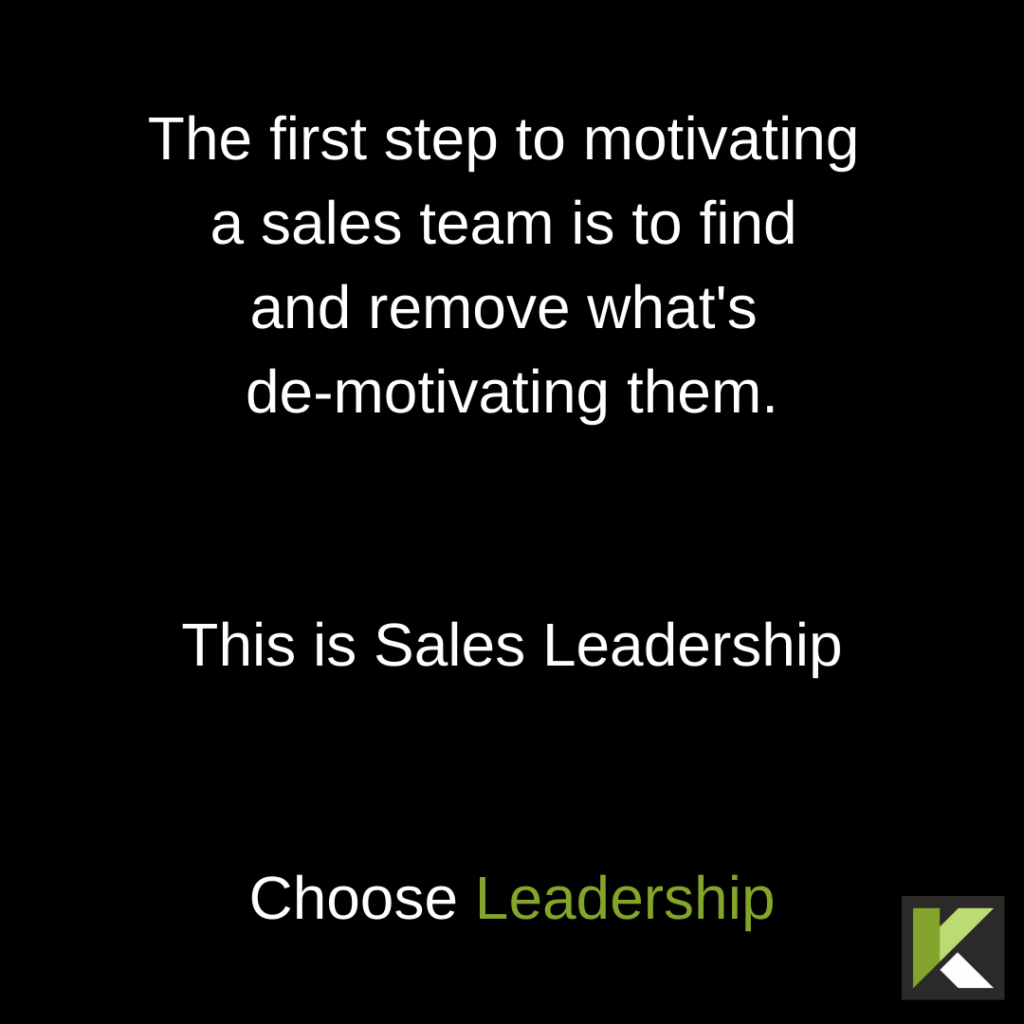
6. The Impact of Coaching on Sales Performance
Coaching impacts an individual in two different ways. The first is tangible and therefore quite easy to measure, however, the second is intangible and arguably more important, but difficult to measure.
What we mean by the tangible impact are mostly skills based activities such as questioning, telephone, discovery, presentation, negotiation skills and the plethara of other skills that the modern sales person requires to be successful.
There are a number of ways and different tools that can help you measure the impact of skills coaching. However, it’s worth first thinking of the journey that learners go on as they learn new skills.
As demonstrated by the Theory of Learning, learners move through four stages of learning before they reach peak performance.
a) Unconscious Incompetence – the learner is inept at the skill but unaware of this.
b) Conscious Incompetence – the learner is inept but is now aware of this.
c) Conscious Competence – the learner can perform the skill well but needs to think about it
d) Unconscious Incompetence – the learner can perform the skill without thinking about it.

The speed by which learners move through the four stages is dictated by the time invested in learning the new skill, the learning support available.
Unfortunately in sales, sometimes people need to fail first before they understand there might be a different approach that they could benefit from adopting. These people are not coachable and will always resist any form of intervention.
Next up is the intangible impact on the individual which as we said is much more difficult to assess. In sales one of the most important intangible benefits is confidence. Without confidence salespeople will simply never be successful.
It takes a certain level of confidence to prospect, to present, to negotiate etc, however in sales confidence is fragile, it gets shipped away with every unsuccessful call, every no from a prospect and every failed negotiation.
The biggest killer of confidence is often the empty sales pipeline. Once it’s empty is usually much harder to refill your sales funnel as your confidence becomes overwhelmed with desperation and you enter a vicious cycle of decline.
In addition to confidence, another important intangible impact from coaching comes in the form of Emotional Intelligence. In short Emotional Intelligence (EI) is the art of identifying and managing emotions both in ourselves and those around us.
Sales can be a rollercoaster of emotions and controlling these is never easy but also managing the emotions of the people around you is hugely important. At a presentation, a negotiation or a simple sales conversation the emotions of your prospect and how you respond can be the difference between winning the sale or not.
7. Talk to us
Klozers provide Exec Sales Coaching and Sales Performance Coaching services across four time zones. Our sweetspot is working with small and medium size businesses to help them take on the big brands within their industry and win.
Our team a have a wealth of experience and are happy to provide an initial consultation at no charge.




